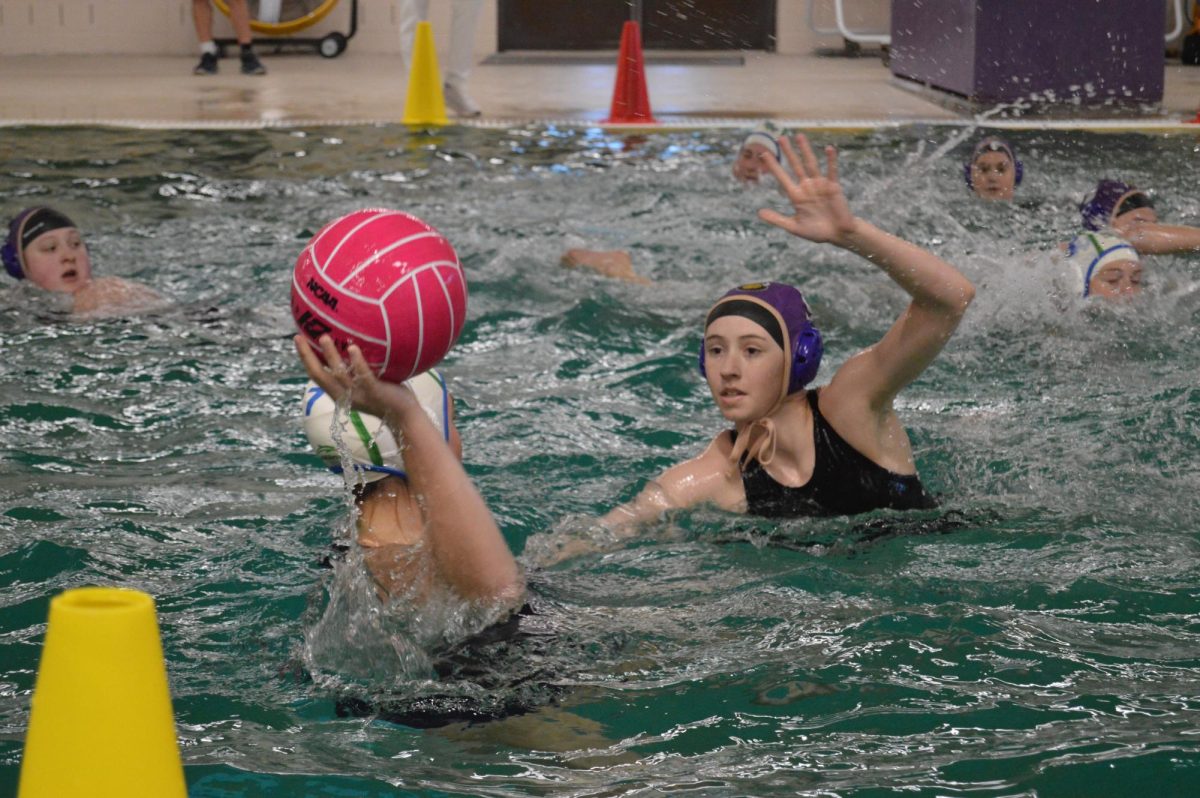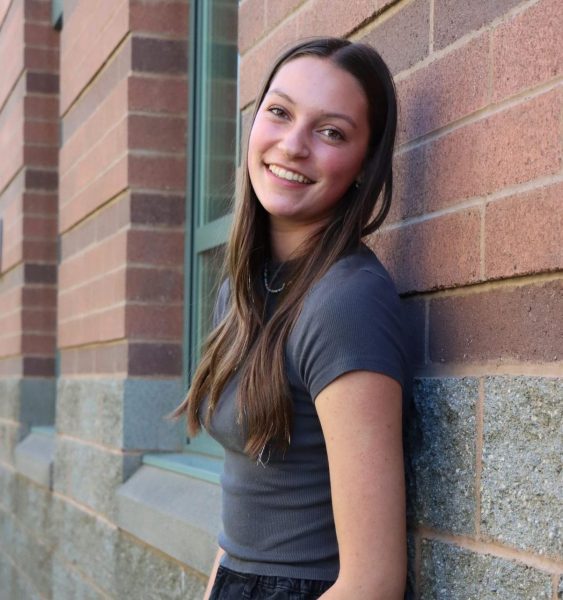From fractures and dislocations to torn ACLs and sprains, sports injuries come in a wide variety. Athletes from all different sports are likely to encounter at least one of these throughout their Puyallup High School career— athletes like Ella Zieman, Kiera Thomas and Krysta Sugai. These female competitors’ seasons were interrupted by shocking injuries followed by stirring comebacks. They shared their experiences, their fears and the light of their recovery.
“I tore my ACL in July,” Zieman said. “It was a club sports injury, and basically a girl ran through my knee in the game and when I went to go extend my leg out that was when it tore. We were just playing a scrimmage against another team because we weren’t in season yet.”
Zieman, a junior, plays both soccer and softball for Puyallup High School. While preparing for her season, she completely tore her ACL and was unable to compete.
“I had surgery on Sep.15. My ACL was torn all the way through. There’s two different things that typically happen when an ACL is torn, it’s either partially torn or it’s completely torn and because mine was completely torn the surgery that they had to do required them taking out a part of my muscle. The muscles that they had to choose from were the quad, the [hamstring] or the PCL,” Zieman said.
These muscles were the best options for graft because of their regrowth abilities. Most recently, however, the quad is being used because of its rapid growth and tendency to be the sturdiest muscle in female athletes. Despite the advantage of this surgery, problems can still arise in the time before it is completed.
“It was also found that I tore my meniscus during the month and a half it took me to get surgery, just walking around. I only had a partial tear of my meniscus, but it was enough that they had to stitch it back to the area where it was,” Zieman said.
But no matter the trials, the light at the end of the tunnel can always be found: whether it be in the form of friends, family, or teammates.
“My best friend Kiera Thomas supported me a lot. She’s been a real big help because she also had an injury that was bad and affected her for almost two years,” Zieman said. “When I first told her that I had injured myself during the game, she went online and had already Googled everything about the different types of injuries that I could have had based off what I said.”
Not only have Zieman’s friends been supportive, but her club coach as well.
“He has been a long, longtime friend and I’ve actually known [his daughter] since we were in elementary school. They were always there for me; the whole team has,” Zieman said. “Just being able to still be a part of that team, they all offered me their support in a way that I don’t think I could repay.”
Sophomore Krysta Sugai, who plays on the volleyball team, experienced a similar recovery after fracturing her right knuckle.
“I was out for three weeks,” Sugai said. “It was really hard to just do anything like writing because I had to go to school the next day. I had to have people help me write, and eating was hard because I couldn’t grab anything without it hurting.”
As a solution to her writing problems, Sugai ended up going left-handed for a couple days. The rest of her recovery method wasn’t quite as simple.
“The process was wearing a brace and icing a lot,” Sugai said. “It was just getting back to the fundamentals. The entire inside of my palm and finger were bruised, and it’s a lot more sensitive now. It took a little while to get back into [the game], but after a couple of practices I was back to normal.”
Just like Zieman, Kiera Thomas found support in her friends and club coach after a shoulder dislocation that caused a labrum tear and a fracture of her humerus.
“All of my friends did a really great job of supporting me. I couldn’t carry my backpack for quite a while, so they were always willing to help me by carrying my backpack or help me with my hair because I couldn’t put it up,” Thomas said. “Also, my club coach was a big part in my recovery. She was always super positive and reminding me that I was still there and I was still able to help as much as I could.”
Thomas was injured in PE during her ninth-grade year, while trying to protect her friend from getting hit in the head with a medicine ball.
“I was taken from school in an ambulance and spent a lot of time in the ER,” Thomas said. “After the original injury I had continuous dislocations, and after about a year of me trying to fight the injury, I ended up having surgery.”
The consequences, however, reached far outside of Thomas herself.
“It was right during high school softball season. I missed districts for high school softball, and then I also missed a club tournament. Surgery put me out for all of my sophomore high school softball season, and then all of my club season. It was about a nine-month recovery process until I was cleared,” Thomas said.
All students get the fear of missing out—also known as FOMO—but there is no worse feeling than that of letting down your team.
“It was really hard. I cried about it a lot because it took away such a big part of my life, especially recovering from surgery. I slept in a chair for three months, I couldn’t get dressed, I couldn’t shower on my own and I even had trouble eating,” Thomas said. “It was just such a big process. You don’t really understand how much a shoulder affects you until it’s incapable of being used.”
But through all this, with some adjustments to her hitting and range of motion, Thomas was able to get almost all the way back.


